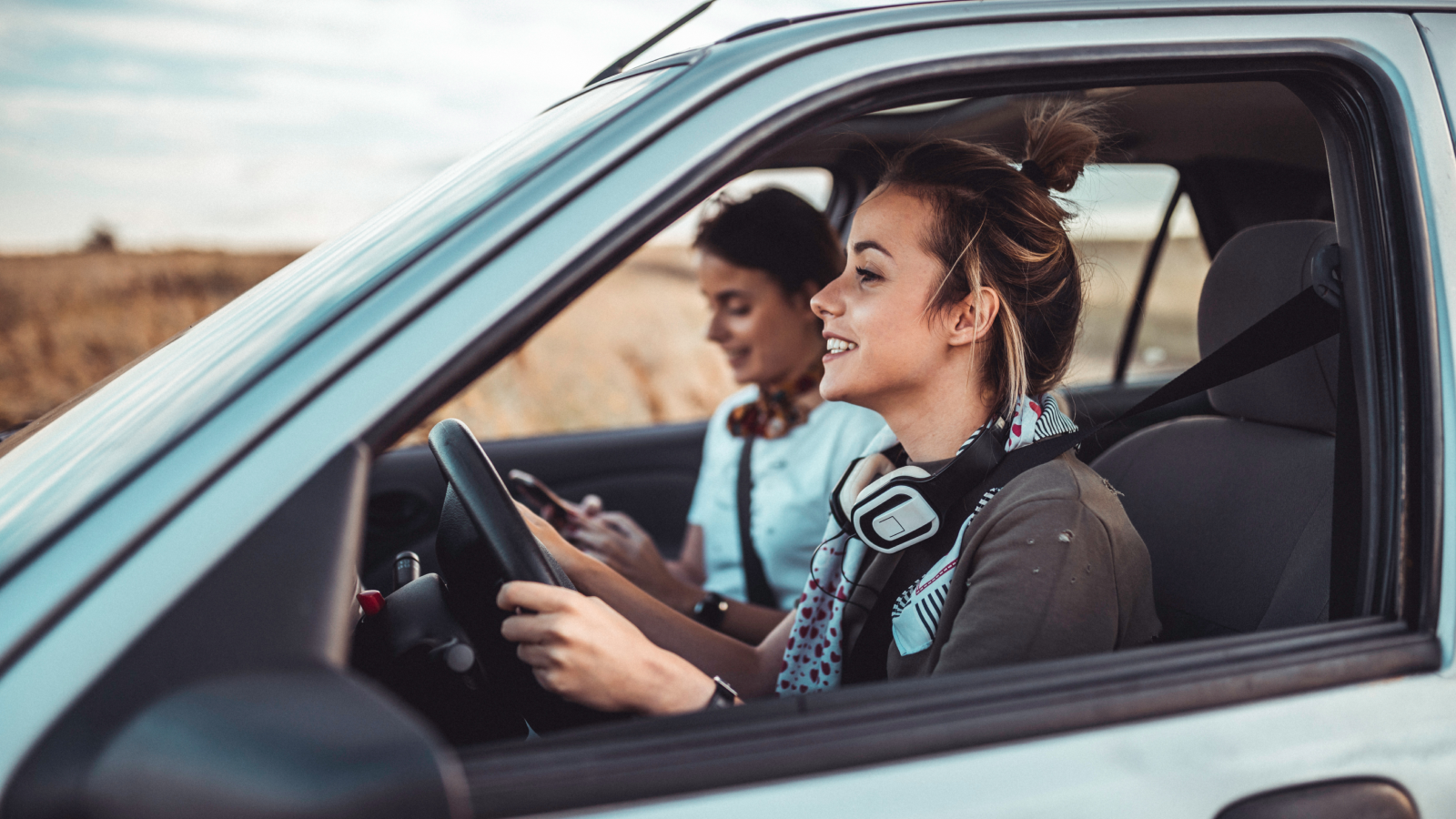Safety Tips for Teenage Drivers

After miles of practice and a successful driving test, your teen driver is eager to hit the road. But it’s when teenagers get behind the wheel as licensed drivers that they face the risks involved.
Teen driving is a top hazard in most motorized countries—the worst is in the United States. According to the Insurance Institute for Highway Safety (IIHS), a total of 3,058 teenagers died in motor vehicle crashes in 2021.
Make sure you and your teenager understand the risks and dangers of the road by working together to establish rules and safety guidelines. You can start by sharing the following recommendations from the IIHS before your new driver heads out on the highway.
Safety Tips
Don’t rely solely on driver education.
Taking driver’s ed in high school may be the most convenient way to learn driving skills, but it doesn’t create safer drivers. That comes through continued driving time under the guidance of an experienced parent or guardian.
Supervise practice driving.
Take an active role in helping your teenager learn how to drive. Plan a series of practice sessions in various situations, including night driving. With that being said…
Restrict nighttime driving.
Most nighttime fatal crashes among young drivers occur between 9 p.m. and midnight. To help prevent your child from becoming one of these statistics, they shouldn’t be driving much later than 9 p.m.
Restrict passengers.
Teen passengers in a vehicle can distract a beginning driver. And because young drivers often transport their friends, there’s both a teen passenger and a teen driver problem. Talk with your teen about limiting the number of passengers in the car.
Require safety belt use.
Reinforce the importance of wearing a seat belt, especially when riding with other teens. It should be the first thing they do when getting in a car. And in most cases, it’s the law. (As of September 1, 2019, everyone traveling in a vehicle in Alabama must wear a seat belt.)
Prohibit driving after drinking.
Make it clear that it's life threatening—and illegal—to drive after drinking alcohol or using any other drug.
Choose vehicles for safety, not image.
Consider a vehicle that reduces the chance of a crash and offers protection if it does crash. Avoid cars with reputations that might encourage speeding. Also, avoid trucks and sport utility vehicles that are more prone to flip over.
Put away your cell phone.
It’s simple: Using your cell phone while driving increases the risk of crashing. A recent study indicated that your chances of wrecking your car are up to six times greater if you’re using a cell phone, whether you’re texting or talking.
Remember, you are a role model.
New drivers learn a lot by example, so practice your safe driving. Teens with crashes and violations often have parents with poor driving records.
For more safety tips and statistics on teenage drivers, and to learn about insurance options, contact your local Alfa® agent today.